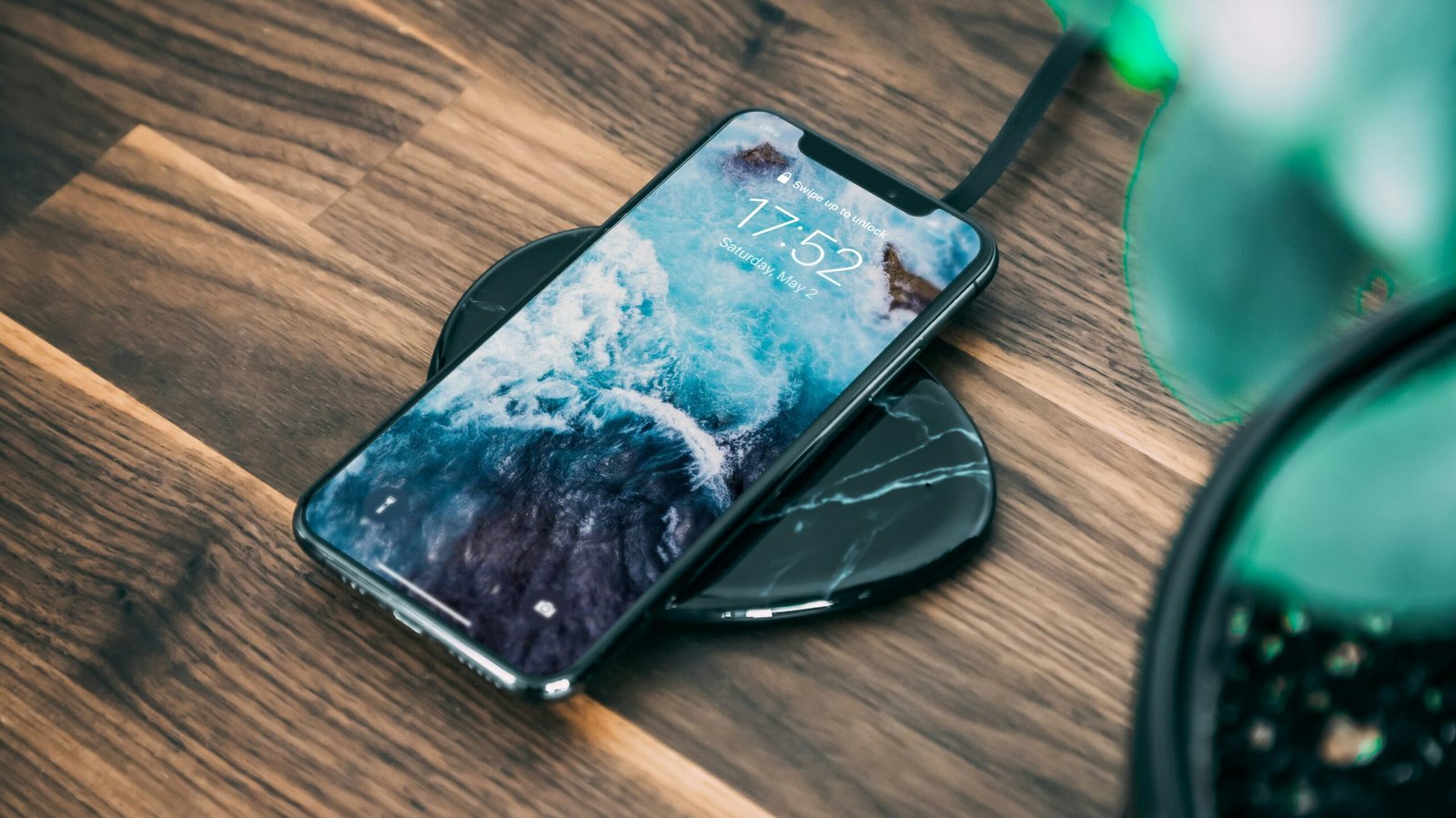Introduction
Wireless charging has become a convenient way to power up our mobile devices without the hassle of cables. However, sometimes we may encounter issues where our mobile phone is not charging on a wireless charger. In this step-by-step DIY guide, we will explore common reasons why your mobile phone may not be charging on a wireless charger and provide solutions to fix the issue.
Step 1: Check the Wireless Charger
The first step is to ensure that the wireless charger itself is functioning properly. Check if the charger is plugged in and the power source is active. Additionally, make sure that the charger is compatible with your mobile phone model. Some older wireless chargers may not work with newer phone models that support fast charging.
Step 2: Clean the Charging Area
Dirt, debris, or even a protective case can prevent proper contact between your phone and the wireless charger. Use a soft cloth or a cotton swab to clean the charging area on both your phone and the charger. Make sure to remove any dust or lint that may have accumulated. If you are using a protective case, try removing it and placing your phone directly on the charger to see if it makes a difference.
Step 3: Restart Your Phone
Restarting your phone can often solve minor software glitches that may be causing issues with wireless charging. Simply power off your phone, wait a few seconds, and then power it back on. Once your phone has restarted, place it on the wireless charger and see if it starts charging.
Step 4: Update Your Phone’s Software
Outdated software can sometimes cause compatibility issues with wireless charging. Check if there are any available software updates for your phone and install them. Updating your phone’s software can often resolve any bugs or compatibility issues that may be preventing wireless charging.
Step 5: Reset Network Settings
In some cases, resetting your phone’s network settings can fix charging issues. This step will not delete any personal data on your phone, but it will reset Wi-Fi, Bluetooth, and cellular network settings. To reset network settings, go to your phone’s settings, find the “Reset” option, and select “Reset Network Settings.” Once the reset is complete, try placing your phone on the wireless charger again.
Step 6: Check for Magnetic Interference
Wireless chargers use magnetic fields to transfer power to your phone. If there is any magnetic interference near the charger, it can disrupt the charging process. Keep your wireless charger away from other magnetic objects such as magnets, credit cards, or electronic devices. Additionally, make sure there are no metal objects or foreign substances between your phone and the charger that could interfere with the charging process.
Step 7: Test with a Different Charger
If none of the previous steps have resolved the issue, it’s time to test your phone with a different wireless charger. Borrow a charger from a friend or family member, or visit a local electronics store to try a different charger. If your phone charges successfully with a different charger, it may indicate that the original charger is faulty and needs to be replaced.
Conclusion
By following these step-by-step instructions, you can troubleshoot and fix the issue of your mobile phone not charging on a wireless charger. Remember to check the charger, clean the charging area, restart your phone, update your phone’s software, reset network settings, check for magnetic interference, and test with a different charger. If the problem persists, it may be necessary to consult a professional technician or contact the manufacturer for further assistance.





